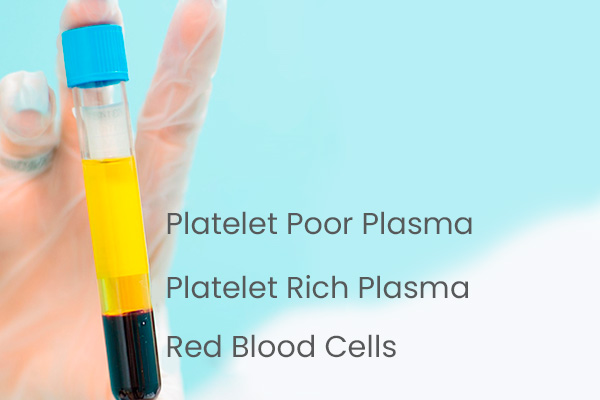
Platelet Rich Plasma Treatment

Each year, an estimated 69 million people suffer from traumatic brain injury/concussion worldwide. In most patients with concussion, symptoms improve within 3 months. However, in some persons, symptoms persist. The cause(s) of post-traumatic headache are not entirely clear, which limits treatment options. Sometimes, these headaches are caused by irritation to the greater occipital nerve, and pain originating from this area is called “greater occipital neuralgia”. Occipital headaches are one of the world’s most common health problems (16%), with 80-90 percent of Americans experiencing a “tension headache” at some point in their lives. Occipital headaches are prevalent and are a frequent cause of doctor or emergency room visits. Although headaches are a common health problem, occipital neuralgia is a specific type of headache.
If migraine medication isn’t working, your recurring headaches may not be migraines after all. Occipital neuralgia is a nerve-induced headache that can be confused with migraines because the symptoms can be similar. This nerve-induced headache requires different treatment.
The symptoms of occipital headaches and migraines are similar. These symptoms may include:
- Aching, burning or throbbing from the base of your head up to your scalp
- Sharp, shock-like or piercing pain in your upper neck and back of the head
- Pain on one or both sides of your head
- Pain behind your eyes
- Tender, sensitive scalp
- Pain when moving your head from side to side
These headaches are often treated with steroid injections to the affected nerve. However, the effect of the injection is usually short lasting and may not provide adequate pain relief.
Therefore, other methods of treatment have been sought out. Platelet Rich Plasma (PRP) is an emerging biologic treatment. PRP contains high concentrations of platelets, growth factors, and anti-inflammatory molecules. PRP acts to reduce inflammation and encourage tissue repair at the site of injection. PRP is created by collecting a person’s own blood, centrifuging it, and extracting the platelet-rich layer of plasma. This platelet rich mixture is then re-injected into the affected area. PRP is used as a safe and effective treatment in many fields, and is most commonly used in arthritis. PRP has recently been studied as a potential treatment for peripheral nerve disorders, such as carpal tunnel syndrome.
Platelet therapy, or platelet rich plasma (PRP) therapy, is a revolutionary new treatment that relieves pain by promoting long lasting healing of musculoskeletal conditions using the healing power of your own body
The procedure takes approximately about one to two hours, including preparation and recovery time. Performed safely in a medical office, PRP therapy relieves pain without the risks of surgery, general anesthesia, or hospital stays and without a prolonged recovery. In fact, most people return to their jobs or usual activities right after the procedure.
